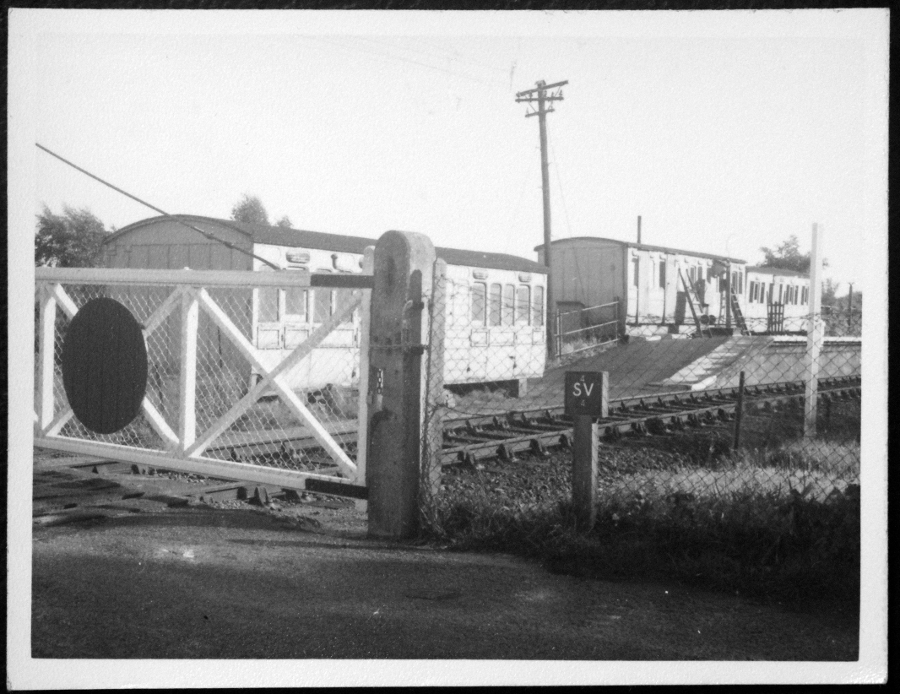This might be a tall order.
I have been sorting through old photos of my father's, and found this. Does anyone know where it was? I suspect it might be Thorpeness Halt on the GE Aldeburgh Branch, as my parents did holiday around there once or twice. I guess those coach bodies might have been 4 or 6-wheelers and perhaps re-used as camping coaches.
I've learned a lesson from this project - write dates and titles on the backs of photos! although in this digital age most never get printed.

I have been sorting through old photos of my father's, and found this. Does anyone know where it was? I suspect it might be Thorpeness Halt on the GE Aldeburgh Branch, as my parents did holiday around there once or twice. I guess those coach bodies might have been 4 or 6-wheelers and perhaps re-used as camping coaches.
I've learned a lesson from this project - write dates and titles on the backs of photos! although in this digital age most never get printed.
